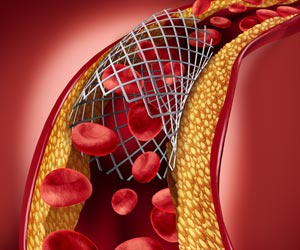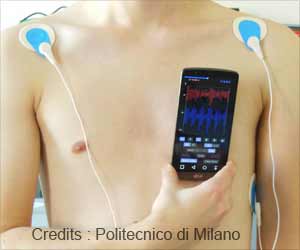A sensor to spot zinc has been developed by scientists. Zinc is a key element a key element in the treatment of a range of diseases.

In this new study, Prof Mike Watkinson, Dr Stephen Goldup and Dr Caroline Brennan, from Queen Mary's School of Biological and Chemical Sciences, have focused their efforts on the development of a sensor for zinc to be used in studies on zebrafish.
The team designed a sensor, which switched on fluorescence in the fish when zinc was present.
"Our probe is able to visualise zinc in various parts of the fish embryos, including the pancreas and we are excited that we can develop the technology further to help understand the role of zinc in the development of important disease like Type 2 Diabetes," Watkinson explains.
The team used a technique called 'click' chemistry, which is designed to generate substances quickly and reliably by joining small units together.
The sensor was found to be particularly sensitive to identifying zinc rather than other anions such as iron or copper.
Advertisement
Source-ANI









